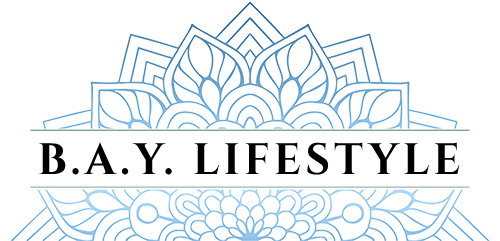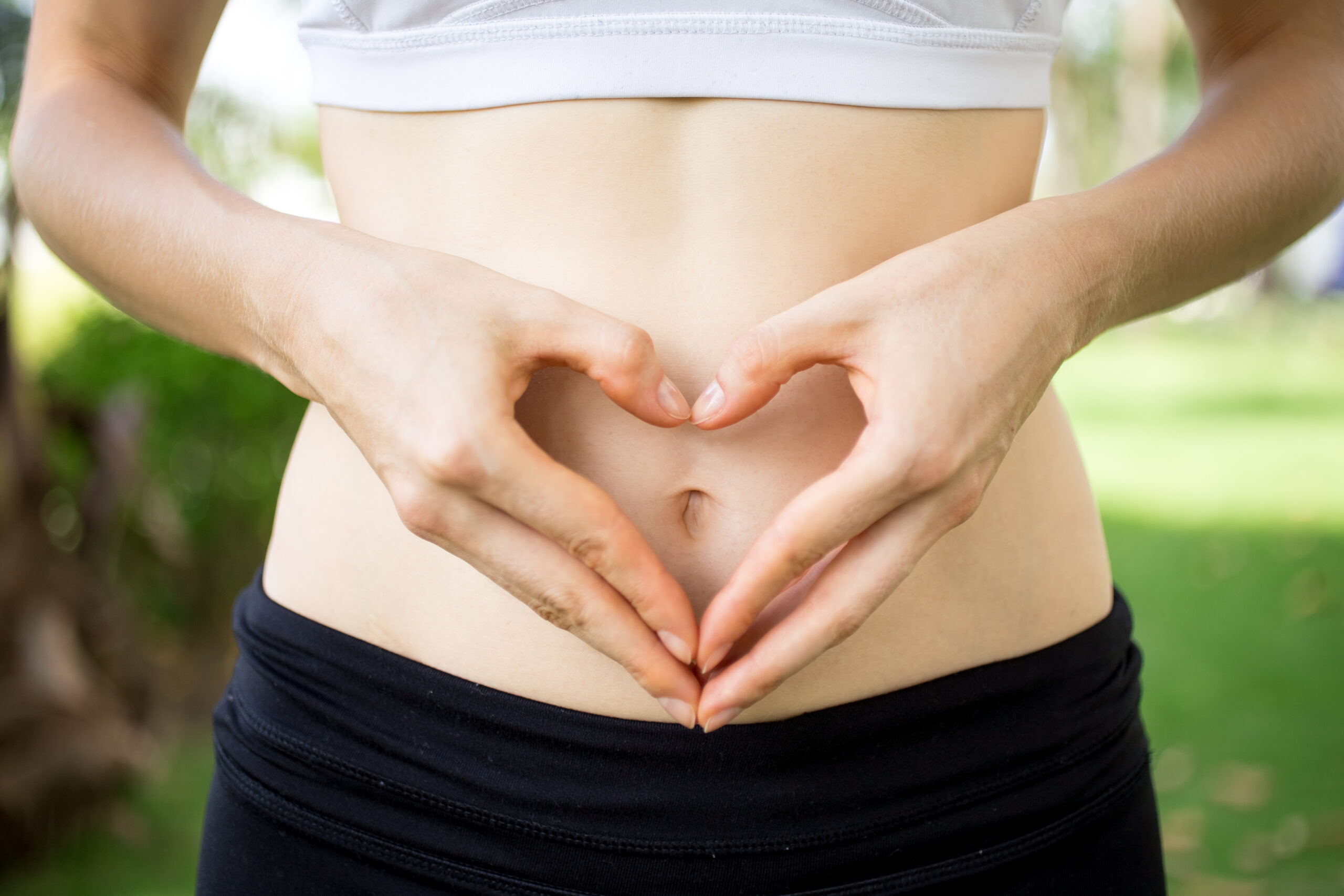Do you ever wonder what goes on in your body as you eat? How do you get nutrition out of your food? The foods you put in your mouth need to be broken down in order to remove the nutrients from the deadly poisons. Technically, without digesting food, you would eat and still starve to death, as your body cannot assimilate food in its natural state.
The important process of digestion acts as a food disassembly plant that breaks down what you eat into smaller pieces that your body is able to absorbed into your bloodstream. It converts into protein from food like meat, nuts and seeds into 23 amino acids, it takes carbohydrates such as potatoes and converts them into simple sugars called glucose and pulls out smaller compounds called vitamins and minerals from food like fruits and vegetables.
Ask most people where digestion starts and chances are they will say their stomachs. However, the stages of nutrition are ingestion, digestion, absorption, transport, assimilation, and excretion. Digestion actually starts before food even goes into your mouth. When you smell or think about food your mouth begins to salivate; our saliva has the digestive enzyme amylase. that begins to break down carbohydrates right away.
When you take the time to chew and enjoy your food, amylase can begin to do its job effectively. As you swallow food moves from the mouth to the esophagus and into your stomach. The sphincter is like a valve that lets food in and should prevent it from splashing back out. If this valve is not working well you are likely to suffer from heartburn or acid reflux.
Your stomach is basically like a storage tank for food. It’s approximately 25cm long and can hold about 4 litres of food total at one time (give and take). Your stomach churns and mixes up food with another digestive enzyme called gastric juice. Gastric juice is released by gastric pits along the lining of the stomach. Gastric juices contains hydrochloric acid which kills microorganisms, maintain the pH level of the stomach, start the digestion of protein and makes certain nutrients soluble. Chyme (the partially digested particles) passes through a valve at the bottom end of the stomach and enters into the small intestine (which is 6 meters long!).
It is in the small intestine that the rest of the digestive enzymes begin to digest protein, carbohydrates and fat into usable components for the body and nutrients are absorbed into your bloodstream. The small intestine is comprised of muscles that act as a conveyor belt and are always at work. These muscles continuously contract and move contents down the small intestine, to the large intestine or colon, through the process of peristalsis. Depending on what you ate and how much you ate, your stomach will break down food into chyme within 40 minutes to a few hours.
The last are food moves through is the colon or large intestine. The colon has a wider diameter and is about 1.5m long. Little nutrient absorption that happens in the colon; its main job is to absorb excess water left over from the intestinal waste and recycle it back into your bloodstream, similar to a ‘water treatment plant’. As the waste moves along, it is drained, dried and hardened into stool that is then excreted by your body as waste.
It is important to have an understanding of nutrition and how your digestive system works. Remember… slow down, chew thoroughly and enjoy the sight, the smell and the taste of every meal.

